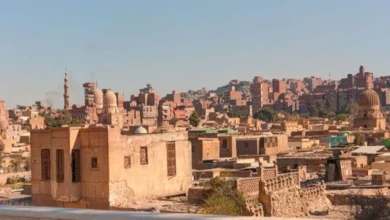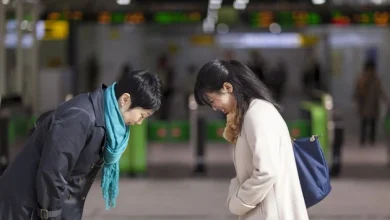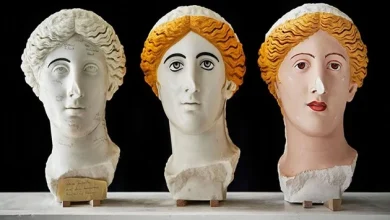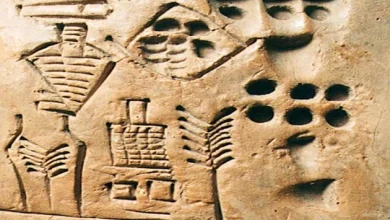Mortuary temple of Hatshepsut reveals secrets of Ancient Egyptian Art
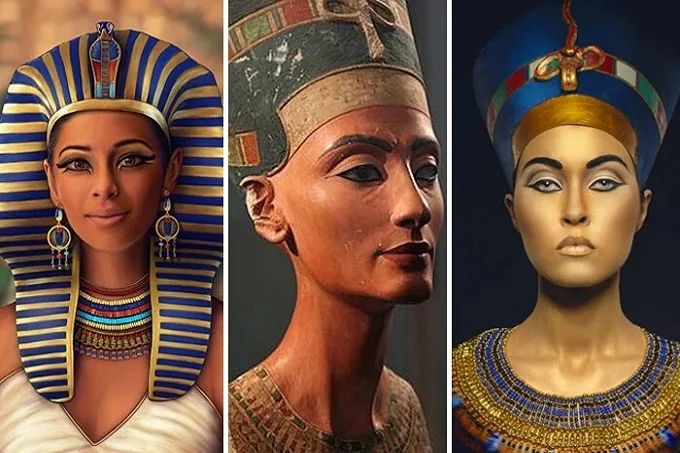
The ancient Egyptians were known to have a special love of art. Painting and sculpture originated in the Nile valley about 5,000 years ago and lasted until 300 AD. Ancient Egyptian art is heterogeneous, as it has undergone many changes, which is not surprising given its centuries-long history. At some period of time, the work of the painters and sculptors of ancient Egypt even had much in common with the art of the Renaissance. Experts came to this conclusion as a result of a study of the Mortuary Temple of Hatshepsut.
When decorating the temple, craftsmen did not work alone but created sculptures in groups. The most experienced and talented of them guided the process. Studying the strokes of the authors of the works of that time is a new direction for Egyptology. It allows you to appreciate the resources that the ancient Egyptians invested in their art.
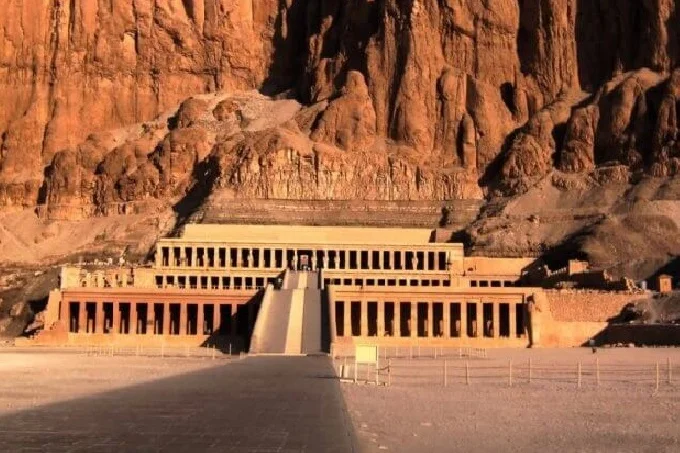
How ancient Egyptians created sculptures
Egyptologists at all times paid more attention to the writing of ancient Egypt and did not attach much importance to the works of artists and sculptors. Tombs and temple decorations are viewed solely as sources of new information about ancient Egyptian culture and religion.
Scientists, for example, have uncovered the secret of the movement of ancient Egyptian statues, but the statues themselves, as an object of art, do not cause such interest. But the works of ancient Egyptian masters in themselves, according to archaeologists from the University of Warsaw, deserve no less attention.
According to experts, artists held a high position in Egyptian society. In addition, it should be understood that at a time when most people were illiterate, paintings and reliefs were much more important than even writing. But, unfortunately, in ancient Egypt, there was no tradition to sign their works. Therefore, little is known about the individual personalities of artists and sculptors of that time, as well as about the methods of their work.
However, the authors of the study, the results of which were published in the journal Antiquity, decided to rectify the situation and study ancient Egyptian cultures from the point of view of art. To do this, archaeologists examined the decoration of the temple of Hatshepsut, the female pharaoh who ruled from 1478 BC to 1458 BC. She was one of the few female rulers of ancient Egypt. The temple, which was built in her honor, measures 273 by 105 meters. It was built 3,500 years ago in Deir el Bahari.
The 70-square-meter room, commonly referred to as a chapel, contains two 13-meter-long walls carved with an offering procession. The men carry seated Hatshepsut sheaves of wheat, baskets with a bird, and all kinds of goodies. In total, there are about 200 figures on the walls.

To study them, the authors spent hundreds of hours from 2006 to 2013, carefully examining the walls and redrawing the carvings on a 1: 1 scale. As a result, scientists were able to discover many small details that were previously overlooked. For example, numerous awkward bit bumps were identified, and subsequent error corrections were made. Since there were many repetitive details on the walls, the researchers were able to compare the quality of their work.
“We had to repeat the process done by the carvers, draw all their lines, duplicate their steps,” says Anastasia Stupko-Lubchinskaya, an archaeologist at the University of Warsaw.
Gradually, scientists began to notice that some figures were made noticeably worse than others – the legs and body had sloppy edges. A large number of blows were performed with a chisel to form individual details, such as curls of hair. At the same time, there were figures nearby that did not have such shortcomings. Their small parts were expertly executed with two or three blows of the chisel.
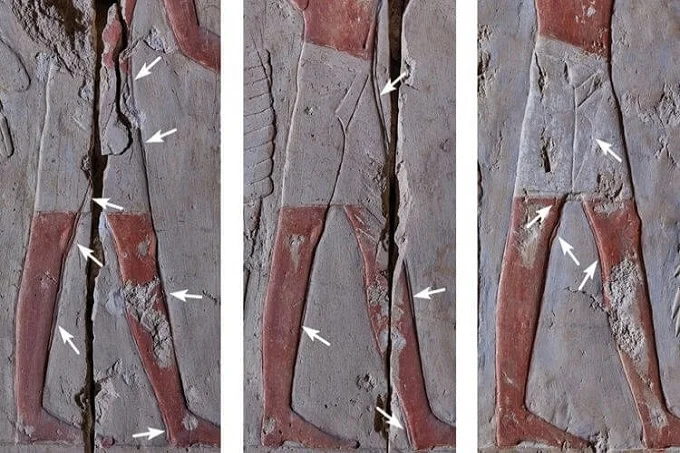
In addition, the authors of the study were able to find out that the work on the creation of the sculptures was carried out collectively. Moreover, several sculptors could work on one sculpture at once.
“The wig could be done badly, but the face on the same figure was perfect. Perhaps at the end came the craftsmen who were finishing the work,” says Anastasia Stupko-Lyubchinskaya.

What do Ancient Egyptian sculptures and Renaissance art have in common?
As the researchers note, the traces that experienced craftsmen eliminated the mistakes of beginners indicate that even the temple of the pharaoh was a place for teaching “schoolchildren”. This is reminiscent of the situation in the Renaissance, where the master performed only the most difficult tasks. At the same time, trainees were engaged in the creation of secondary characters and preparatory work.
“This study really expands our understanding of how these ancient artists worked,” says Gabriele Piquet, an Egyptologist at the Reiss-Engelhorn Museum in Mannheim.
As the researchers note, long-term study of the works of ancient Egyptian masters even made them feel sympathy for them – “When someone made a mistake, you can feel that they were normal people, such as us, who could be tired, hungry or sick.”

